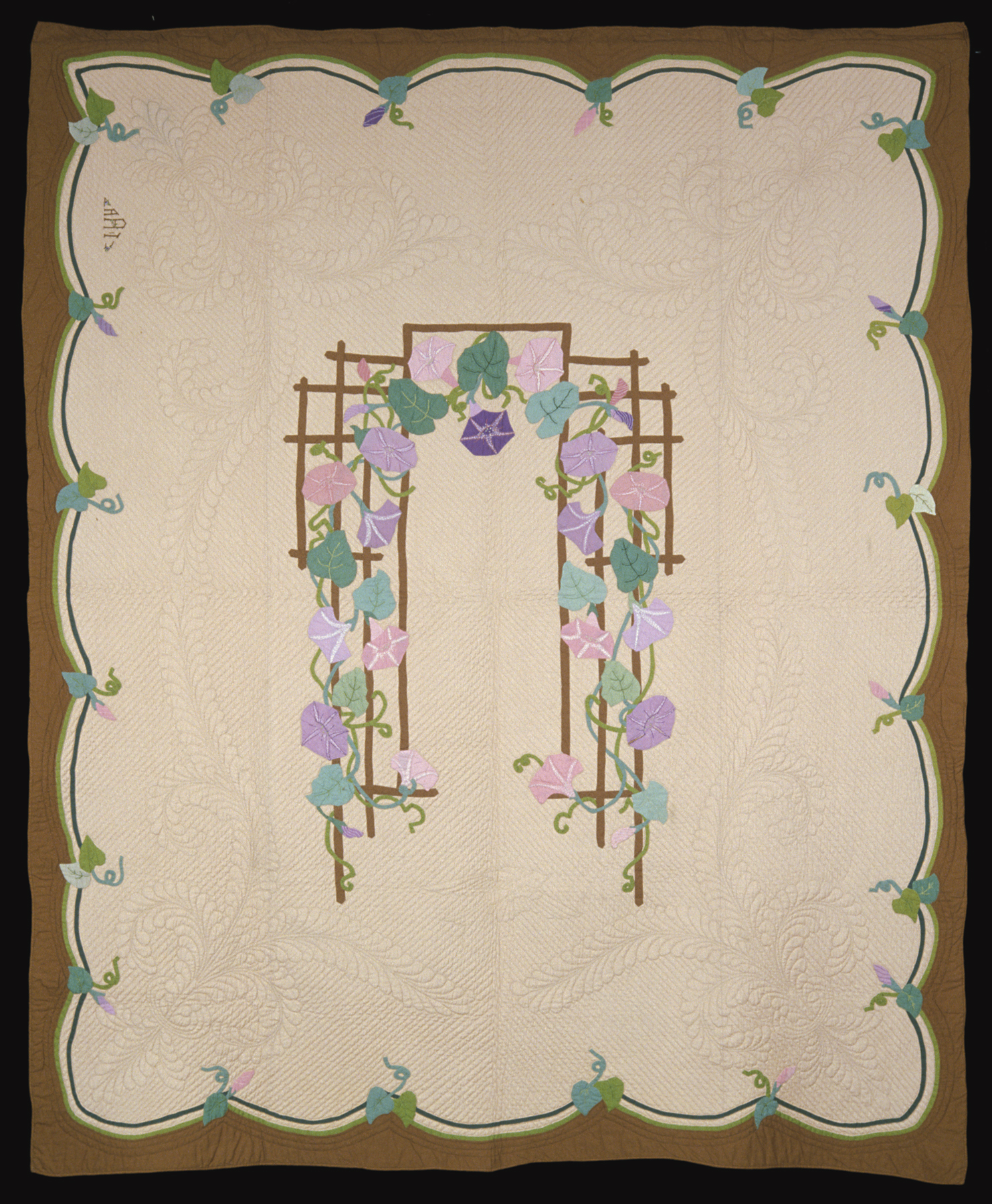Morning Glory quilt, Ifie Espey Arnold
Artwork Overview
Ifie Espey Arnold, artist
1870–1945
Morning Glory quilt,
circa 1927–1945
Where object was made: United States
Material/technique: quilting; appliqué; cotton; embroidering
Credit line: Bequest of Iras A. Armour
Accession number: 1984.0044.b
Not on display
If you wish to reproduce this image, please submit an image request

